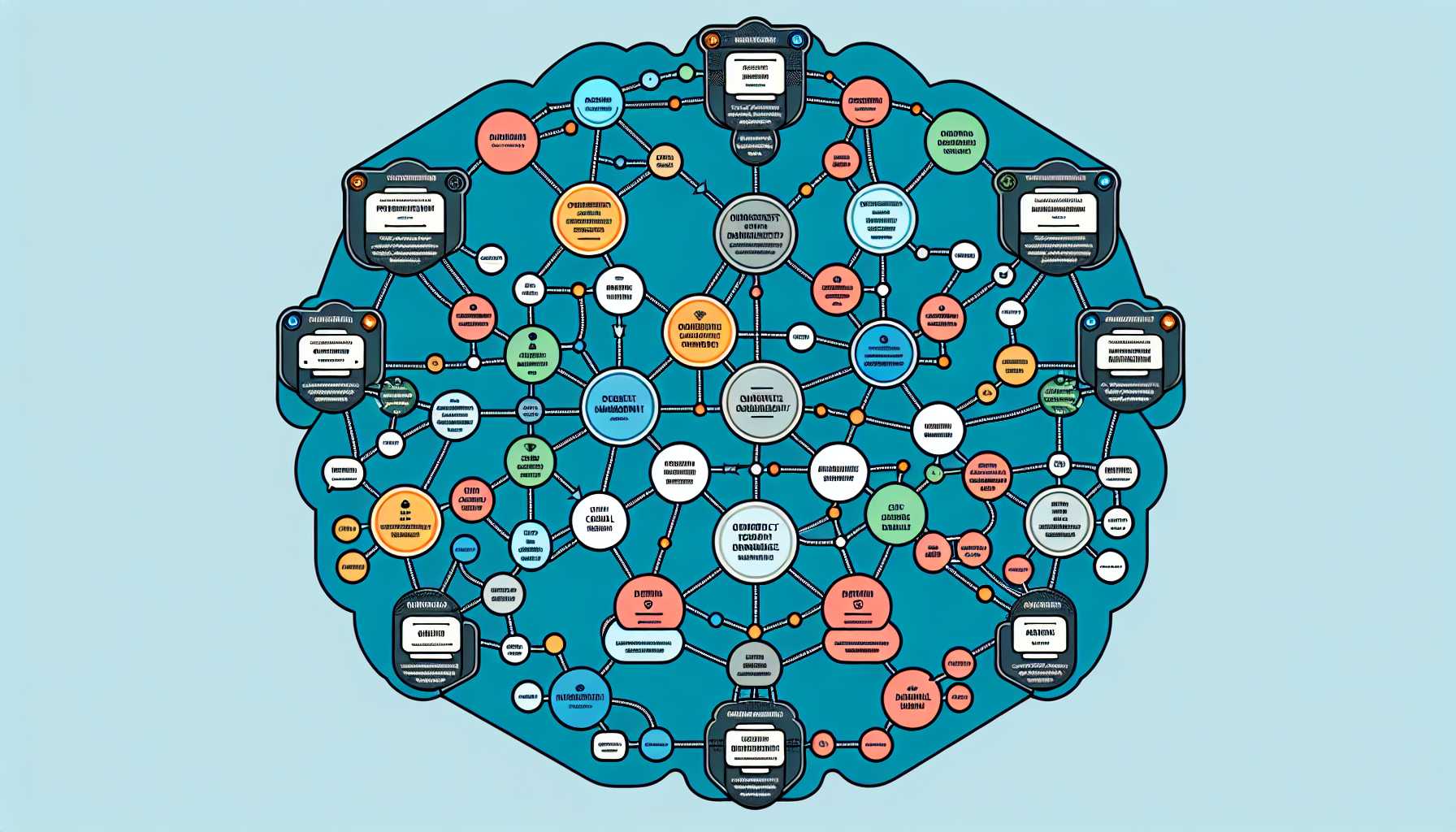Welcome back to my blog where I share insights from the trenches of product management in the tech industry. As an experienced product manager, I’ve seen first-hand the relentless pace at which technology evolves. Today, we’ll delve into strategies that have not only helped me, but teams I’ve led, maintain a competitive edge in an industry where yesterday’s innovation is today’s table stakes.
Understanding the Landscape
To begin, it’s crucial to have a deep understanding of the market trends and technology shifts. Using frameworks such as PESTLE (Political, Economic, Social, Technological, Legal and Environmental) helps us grasp the broader ecosystem. During my tenure at a renowned SaaS company, leveraging PESTLE allowed us to anticipate regulatory changes that could have blindsided us, giving us a strategic advantage.
Embracing a Customer-Centric Approach
Another pillar for maintaining a competitive edge is an unwavering focus on the customer. I often utilize the Jobs-to-be-Done framework, which centers around the customer’s underlying needs or “jobs” that our product helps them solve. This approach was pivotal when leading the turnaround of a flagging product line, ultimately resulting in a 30% uptick in user engagement.
Continuous Innovation and Iteration
We live by the mantra “innovate or die.” To foster continuous innovation, I champion the use of Design Sprints – a framework that accelerates product ideation and prototyping. In one memorable case, this led us to pivot a feature set just in time for an industry expo, capturing the attention of major venture capital firms.
Expanding Skills with Cross-Functional Collaboration
Competitive edge also comes from within – the team. Encouraging cross-functional collaboration not only broadens skill sets but fosters innovation. I often set up ‘exchange programs’ where team members would collaborate with other departments for short periods. This strategy paid dividends when a marketing team member’s input reshaped our go-to-market strategy for a key product launch.
Investing in Data
In today’s era, data is the new oil. My approach includes integrating advanced analytics and AI to harness data for predictive insights. At one point, this allowed us to preempt a competitor’s move by launching a feature that catered to an emerging customer need, which we had identified through data analysis.
Agile Product Development
Agility is not just about speed but also adaptability. I emphasize the Scrum and Kanban frameworks which allow teams to respond to changes swiftly. At a start-up I worked with, this agility helped us iterate our MVP (Minimum Viable Product) rapidly based on real-time user feedback, catapulting us ahead of the competition.
Leveraging Strategic Partnerships
Smart alliances can amplify your product’s reach and capabilities. In my experience, strategic partnerships are instrumental for growth. I once steered a partnership with a leading tech giant that accelerated our entry into new markets and provided access to emerging technologies.
Learning from Failure
We must not forget that failure often precedes success. A culture that encourages learning from failure is vital. By conducting blame-free retrospectives, I have led teams to convert setbacks into springboards for subsequent victory.
Keeping the Team Motivated and Aligned
Last but not least, a motivated team aligned with the product vision can move mountains. As a leader, I regularly host vision alignment workshops and invest in team capacity building. This undeniably contributes to our sustained competitive advantage.
Implementing these strategies requires intentional effort and leadership commitment. Yet, when put into practice, they form the bedrock for seizing and maintaining a competitive edge in the fast-paced realm of tech product management.
In my visual representation of these concepts, imagine an organization chart but instead of roles, each node represents a strategy and the lines show how they connect and support one another – a strategy organigram if you will 
Stay tuned for more product management insights and remember – the best product managers are the ones who never stop learning, adapting, and most importantly, executing.
